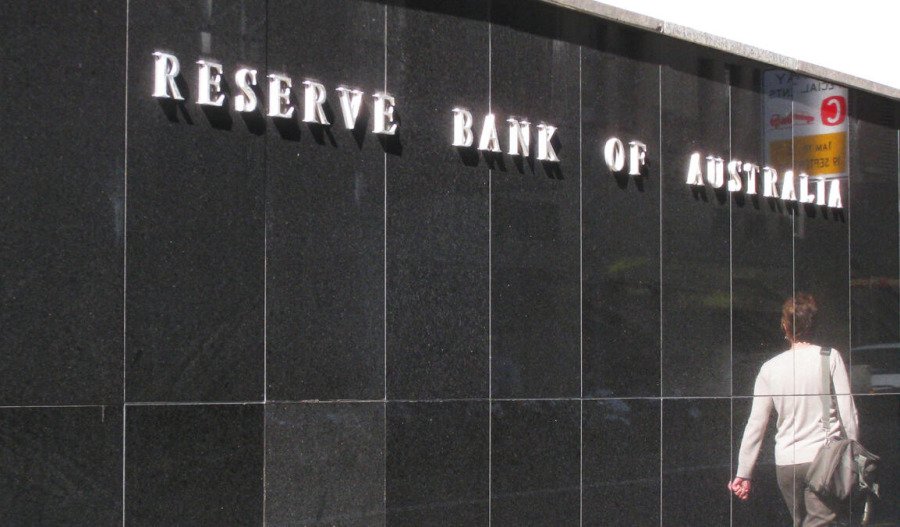The Reserve Bank of New Zealand (RBNZ) lowered interest rates for a fifth consecutive meeting on Wednesday and signalled it remains open to further reductions, citing growing risks to economic growth and inflation due to escalating U.S. tariffs.
The central bank’s Monetary Policy Committee cut the Official Cash Rate (OCR) by 25 basis points to 3.5%, aligning with market expectations.
“The recently announced increases in global trade barriers weaken the outlook for global economic activity,” the RBNZ said. “On balance, these developments create downside risks to the outlook for economic activity and inflation in New Zealand. As the extent and effect of tariff policies become clearer, the Committee has scope to lower the OCR further as appropriate.”
The central bank specifically highlighted the impact of U.S. tariff hikes and the retaliatory measures by several trading partners, warning of a “significant negative impact on global growth”, which is expected to spill over into New Zealand’s domestic economy.
Meanwhile, the Committee noted that the impact of increased tariffs on global inflation remains unclear amid the possibility of further changes going forward.
It added that the international policy response would be crucial in assessing the medium-term inflationary effects for New Zealand. “For example, an easing in fiscal and monetary policy in our trading partners could mitigate some of the expected downturn in global economic activity.”
The RBNZ said the recent depreciation of the New Zealand dollar would help soften the immediate impact of weaker global demand for the nation’s exports, while lower oil prices should offer support for domestic consumption and production.
The central bank is now under the interim leadership of Governor Christian Hawkesby following the unexpected resignation of Adrian Orr last month.
While the latest rate cut marks a moderation in the pace of easing - after three successive 50-point reductions - the RBNZ has now lowered the OCR by a total of 200 basis points since August 2024, positioning itself among the most aggressive central banks globally.
By contrast, the U.S. Federal Reserve paused after implementing 100 basis points of easing late last year, while the Reserve Bank of Australia has made just one 25-point cut and indicated it would proceed cautiously.
The RBNZ maintained that growth would remain modest and noted that while policy easing had been swift, “household spending and residential investment have remained weak”.
“The Committee noted that the preceding cuts to the OCR have yet to have their full effect on the economy,” it said. “Future policy decisions will be determined by the outlook for inflationary pressure over the medium term.”



